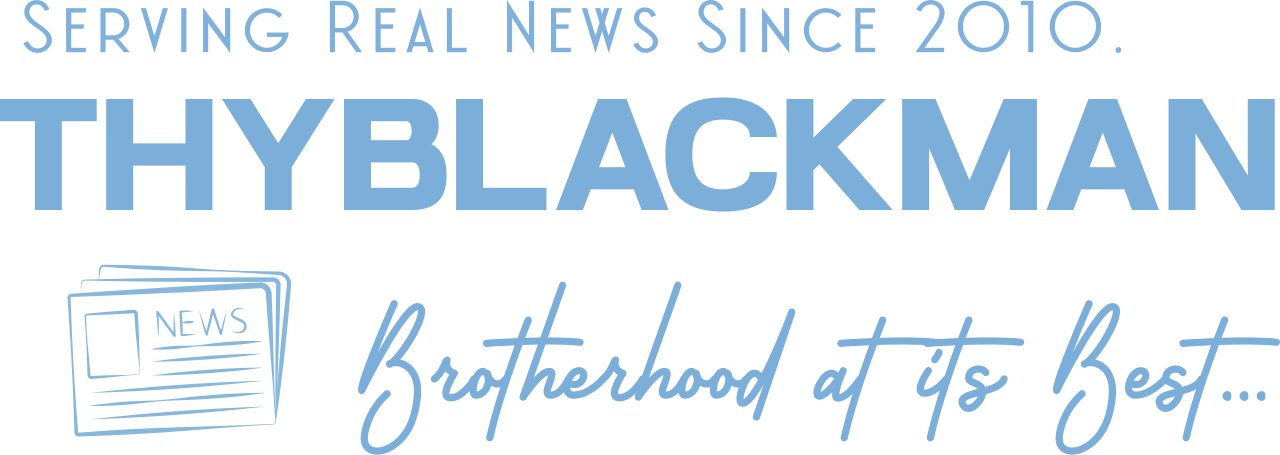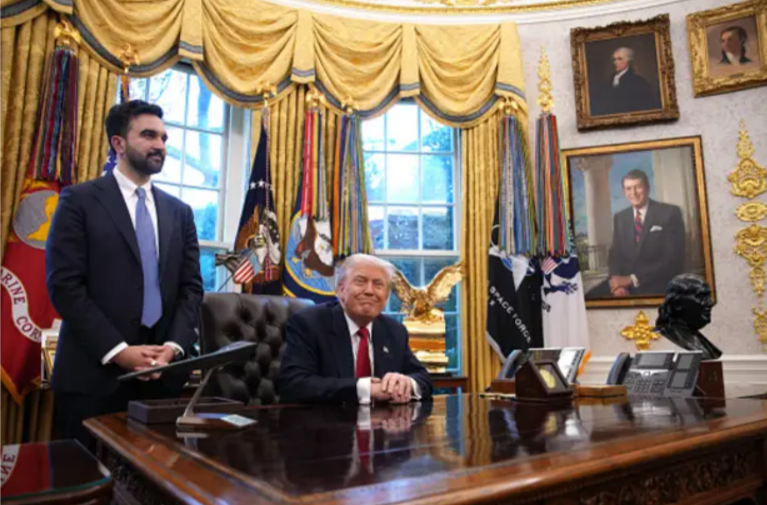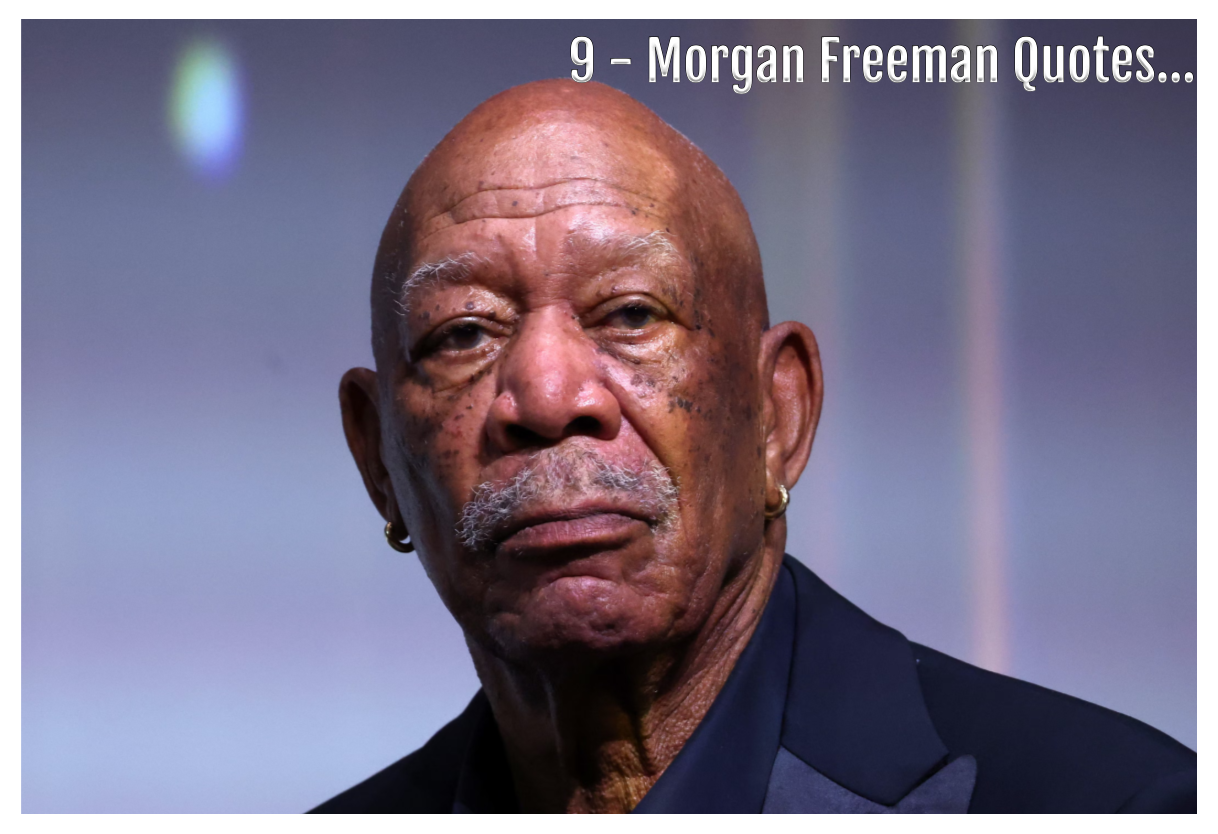(ThyBlackMan.com) When I first stumbled across Freddie Hubbard’s music, I didn’t expect it to hit so hard—emotionally, spiritually, and musically. But that’s the thing about Hubbard: his trumpet doesn’t just play notes, it tells stories. Whether you’re knee-deep in jazz already or just starting to explore the genre, Hubbard is one of those names you can’t skip. He blended technical brilliance with raw feeling, and he made jazz feel alive—playful one moment, urgent the next.
The following seven songs aren’t just great recordings—they’re windows into what made Freddie Hubbard one of the most dynamic trumpeters jazz has ever known. Some tracks groove with soul-jazz smoothness, others burn with hard bop fire, but they all have one thing in common: they’re timeless. If you haven’t heard these before, now’s your chance. And if you have? They’re always worth another spin.

1. “Red Clay”
“Red Clay” is more than just a track—it’s a declaration of Freddie Hubbard’s artistic independence. After his fruitful Blue Note years and transitional CTI recordings, this title cut from his Atlantic debut announced a creative rebirth. Here was Hubbard moving beyond traditional hard bop into a freer, funkier, and more groove-oriented sound that fused jazz with soul, funk, and even early fusion elements. Clocking in at over 12 minutes, “Red Clay” is a sprawling groove that remains one of the most definitive pieces of 1970s jazz fusion.
Hubbard’s trumpet enters with supreme confidence, slicing through the dense rhythmic layers laid down by Herbie Hancock on electric piano, Ron Carter on upright bass, and Lenny White on drums. His phrasing blends a fiery sense of urgency with smooth, soulful control. Instead of launching into fast runs, Hubbard builds his solo organically, using space and silence as much as sound. Every note feels earned, and every phrase unfolds with purpose, displaying a mature understanding of both form and freedom.
Joe Henderson’s tenor sax adds a muscular counterpoint to Hubbard’s trumpet, matching him in intensity but taking a darker, more exploratory path. Herbie Hancock’s playing—electric and elastic—ties everything together with colorful harmonic shifts and inventive voicings. The interplay between the musicians is kinetic yet locked in, a collective groove that rolls like thunder across open land. The rhythm section never rests, constantly in motion yet never losing focus.
Decades later, “Red Clay” still has the power to excite, inspire, and move listeners. It’s the kind of jazz you can analyze deeply or simply vibe to. DJs, hip-hop producers, and neo-soul artists have frequently mined it for samples and inspiration. In clubs or classrooms, this track bridges the distance between musical complexity and pure enjoyment. “Red Clay” isn’t just a song—it’s a movement, a conversation, and a timeless groove all wrapped into one unforgettable statement.
2. “Little Sunflower”
“Little Sunflower” stands as one of Freddie Hubbard’s most enduring and melodic compositions. It’s the kind of song that leaves an imprint not just because of its technical merit, but because of how it makes you feel. Written during a period when jazz was becoming increasingly expressive and expansive, “Little Sunflower” is both intimate and spacious, a modal ballad that flirts with bossa nova but resides somewhere more abstract and spiritual.
The beauty of the piece lies in its simplicity. The core melody revolves around a short, haunting motif that repeats like a meditation. Hubbard’s trumpet—delicate yet assured—carries the theme with a gentleness that feels like dawn breaking over a quiet landscape. Instead of filling the air with complexity, he leaves room for every note to resonate, to breathe. That restraint is what makes the piece so affecting. It invites the listener inward, rather than outward, into a reflective state of mind.
James Spaulding’s flute work deserves special mention. His airy tone floats effortlessly above the rhythm section, providing a dreamlike counterpoint to Hubbard’s grounded phrasing. The percussion and soft swing of the rhythm section serve the mood perfectly, never imposing but always supportive. There’s also a quiet sophistication in the chordal structure—lush, unresolved harmonies that keep the listener suspended between resolution and longing.
Even after decades and countless reinterpretations, the original version of “Little Sunflower” remains its most tender and affecting. It’s a go-to track for jazz playlists that focus on calm, relaxation, or introspection. For aspiring jazz players, it’s often a first foray into modal improvisation. For lovers of melody, it’s a gem that sparkles without screaming for attention. In a world where so much music competes to be heard, “Little Sunflower” whispers—and that whisper echoes beautifully.
3. “First Light”
“First Light” is the kind of song that stops time. A centerpiece of Hubbard’s CTI era, it marks a high point in the fusion of jazz with orchestral lushness and soulful groove. The album First Light won Hubbard a Grammy for Best Jazz Performance in 1972, and this track is its shining star—a slow-burning, luxurious ride that showcases his ability to blend emotional clarity with technical brilliance.
From the very first bars, the mood is cinematic. Don Sebesky’s orchestration gently envelops the listener with strings, while George Benson’s guitar lines sneak in like rays of light through curtains. Bob James adds harmonic texture on the Fender Rhodes, and Ron Carter’s bass anchors the entire affair in deep, mellow confidence. When Hubbard enters on flugelhorn, it’s not with fire, but with warmth—his tone rich, mellow, and entirely at ease.
As the track unfolds, it becomes clear that this isn’t about high-speed solos or rhythmic daring. “First Light” is all about atmosphere, emotion, and refinement. Hubbard’s improvisation is lyrical and patient. He stretches notes like silk over the harmony, favoring phrasing over flash. His upper-register playing here is especially notable—never strained, never forced, just pure sound floating above the orchestration.
This is the kind of jazz that reaches beyond genre boundaries. It can sit on a dinner playlist as easily as it can open a film score. For audiophiles, it’s a reference track for tonal beauty. For jazz fans, it’s a case study in how fusion can be both complex and inviting. “First Light” represents Hubbard at his most painterly, using sound not just to play—but to sculpt light itself.
4. “Hub-Tones”
Recorded during his legendary Blue Note years, “Hub-Tones” is Freddie Hubbard letting the world know he’s not just keeping up—he’s leading. This track captures him at the height of his hard bop prowess, but with a clear sense of innovation that foreshadows his eventual leap into freer, more modal jazz. The tune is built around an asymmetrical theme that zigzags through shifting harmonies and rhythmic accents. It’s as much a technical showcase as it is an adventure in musical daring.
The signature odd-metered head is instantly arresting—quirky but elegant, hard to hum but impossible to forget. Hubbard blasts into his solo with bravado, navigating complex chord changes with fluidity and agility. His tone here is bold, forward, and slightly brassy, filled with the energy of a young lion claiming his place in the jazz hierarchy. Every phrase is shaped with purpose, balancing bebop vocabulary with his own unique rhythmic twists and melodic leaps.
The band on this session was a dream team of modern jazz: Herbie Hancock on piano, Clifford Jarvis on drums, and James Spaulding—who again shines—on alto sax and flute. Hancock’s comping is particularly sharp, providing just enough harmonic tension to keep things interesting, while Jarvis’s drumming keeps the whole track hurtling forward with restless energy.
Over sixty years later, “Hub-Tones” is still revered in jazz education circles and modern jam sessions. It’s a rite of passage tune—difficult, intricate, but supremely rewarding. More than a song, it’s a statement of intent: jazz can be heady and heartfelt, brainy and body-moving. Hubbard’s signature composition remains as vital today as it was in 1962—a bold, brash, and beautiful reminder of what modern jazz can be.
5. “Sky Dive”
If First Light was romantic and introspective, then “Sky Dive” is its more extroverted, playful sibling—still suave and sophisticated, but with a lightness that makes it incredibly accessible. Released as the title track of his CTI album in 1972, “Sky Dive” is a glorious example of how Freddie Hubbard could make jazz both elegant and joyful without losing artistic integrity. It captures a moment when jazz was opening itself up to richer textures and broader audiences, and Hubbard was right at the center of that movement.
The track opens with an immediately engaging rhythm—laid-back but tight, with Billy Cobham’s drumming offering a relaxed yet propulsive drive. The groove is smooth, anchored by Ron Carter’s deep bass lines and softened by Bob James’ tasteful electric piano. From there, Hubbard takes center stage on flugelhorn. His tone is warm, mellow, and conversational. He doesn’t push for flash; instead, he floats across the rhythm like a kite caught in a gentle breeze. Each note feels measured, not in the sense of calculation, but in the way a great orator knows when to pause.
George Benson’s guitar lines complement the mood perfectly, adding glimmers of melodic filigree without crowding the arrangement. He comps like a master—understated yet necessary—and even when he solos, it’s all elegance and groove. Bob James, as always, knows when to offer atmosphere and when to lean into the harmony. Don Sebesky’s arrangement wraps it all up with gentle orchestral touches that never dominate, only elevate.
“Sky Dive” is the kind of tune that works on many levels: it’s relaxing background music for a Sunday brunch, a go-to track for studying the art of restraint in jazz improvisation, and a gateway tune for younger audiences unfamiliar with post-bop. It proves that accessibility and artistic depth are not mutually exclusive. Hubbard never dumbed anything down—he simply knew how to find the beauty in simplicity. In an age of genre-hopping playlists and genre-defying artists, “Sky Dive” still feels completely at home.
6. “The Intrepid Fox”
A lesser-known cut from Red Clay but arguably its most electrifying, “The Intrepid Fox” is Freddie Hubbard unfiltered—daring, brash, and musically relentless. If “Red Clay” set the mood and “Delphia” offered reflection, “The Intrepid Fox” throws down the gauntlet. The title alone evokes motion, mystery, and speed—and the music delivers on every front. This track is a kinetic force of nature and one of the finest examples of jazz fusion pushed to the edge without falling into excess.
Herbie Hancock sets the tone from the outset, laying down stabbing piano chords that snap like tension wires. The rhythmic bed is aggressive and unyielding, driven by Lenny White’s explosive drumming and Ron Carter’s unshakable pulse. Into this boiling brew enters Hubbard, and he doesn’t waste a second. His trumpet is all fire and voltage, tearing through the changes with blistering speed and surgical precision. His phrasing is bold, angular, and emotionally charged. This is not the cool flugelhorn of “Sky Dive”—this is a trumpet as weapon.
Joe Henderson, always a perfect counterpart to Hubbard, follows with a tenor sax solo that is just as visceral. Where Hubbard’s playing is piercing and high-flying, Henderson digs into the earth with growling tones and rhythmic tension. Together, they turn “The Intrepid Fox” into a musical duel—equal parts conversation and confrontation. Hancock’s solo afterward is a perfect third act: inventive, harmonically rich, and rhythmically daring. He dances around the beat rather than sitting in it, creating a sense of continuous movement and friction.
What’s so striking about “The Intrepid Fox” today is how ahead of its time it still sounds. This is jazz that could sit comfortably alongside modern experimental fusion or progressive rock. It’s unpredictable without being inaccessible, demanding without being dissonant. For students of jazz improvisation, it’s a treasure trove of phrasing, group interplay, and tension-and-release dynamics. For the casual listener, it’s a thrill ride—fast, sharp, and exhilarating. This fox may be intrepid, but it’s also unforgettable.
7. “Crisis”
“Crisis” is Freddie Hubbard at his most urgent, both musically and thematically. Composed during a time of growing civil unrest and released on the Ready for Freddie album, this track pulses with unease and tension. Even without lyrics, the music communicates a deep sense of alertness and agitation. Hubbard wasn’t just creating a tune—he was capturing the anxieties of a generation, the sense that something was unraveling beneath the surface of American life.
The piece begins with a martial snare drum cadence, like a march toward something ominous. It sets the mood instantly: foreboding, somber, and slightly militaristic. Then the horns enter, and the head of the tune is deceptively simple—short phrases, deliberately spaced, as if to mimic call-and-response or a siren’s cry. Hubbard’s tone is sharp and resolute, a warning bell rather than a musical flourish. From there, the improvisations begin—and that’s where the emotional gravity hits.
Hubbard’s solo is technically dazzling but more than that—it’s emotionally raw. He uses repetition, rising intervals, and quick flurries to create a sense of building pressure. His phrasing suggests a man wrestling with the chaos of the world, pushing back against forces he can’t control. McCoy Tyner’s piano solo follows with a darker, modal intensity. His comping is dense, even stormy, providing thick harmonic undercurrents that deepen the track’s emotional resonance. Elvin Jones’ drumming is both explosive and purposeful, breaking time without losing the pulse—a masterclass in controlled chaos.
“Crisis” doesn’t resolve. It ends much the way it begins: unsettled, ambiguous, and emotionally weighty. There’s no tidy bow or grand finale—only a sense that the storm continues. And that’s the point. It reflects the real-life crises—racial injustice, political tension, identity, and unrest—that were boiling over in 1961 and, tragically, still echo today.
In modern times, “Crisis” remains essential listening. It’s a reminder that jazz is not just about harmony and swing—it’s a language of resistance, reflection, and emotional testimony. Put on some headphones, close your eyes, and let this one play uninterrupted. What you’ll hear isn’t just a great jazz performance—it’s a cry from the soul of an era, and a reminder that music often tells the truth more clearly than words ever could.
Freddie Hubbard wasn’t just a trumpet player—he was a storyteller, a risk-taker, and a master craftsman of sound. These seven songs only scratch the surface of his massive catalog, but they each carry a piece of what made him so special. From the chilled elegance of “Sky Dive” to the blazing urgency of “Crisis,” Hubbard left us music that still speaks loudly in today’s world.
So whether you’re playing these tracks while winding down your day or diving into them with headphones and full attention, let them wash over you. Let them challenge you, comfort you, and move you. That’s what great jazz does—and that’s exactly what Freddie Hubbard always delivered.
Staff Writer; Jamar Jackson

















What about “Blue Light” from 1966? Check out the John Coltrane recording in Atlantic Records with Freddie Hubbard called “Ole”!
“Red Clay” is from Freddie Hubbard’s first CTI album of the same name; it was released after he left Atlantic.